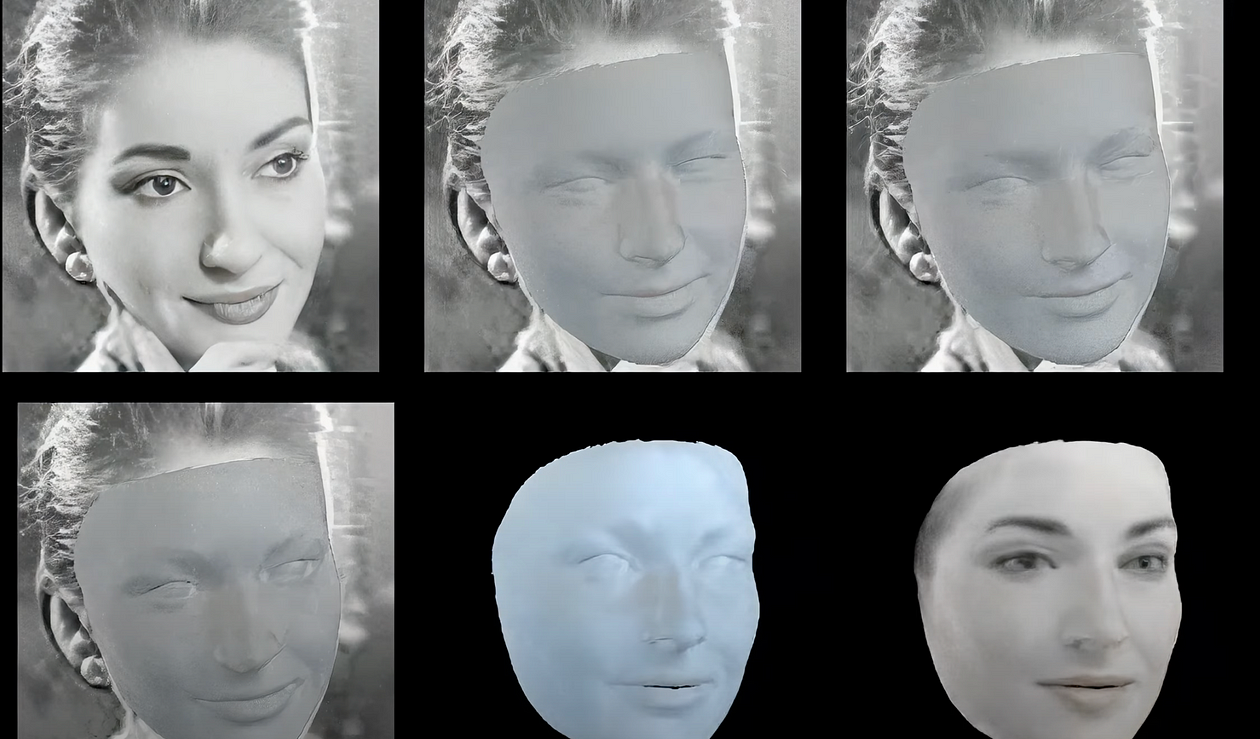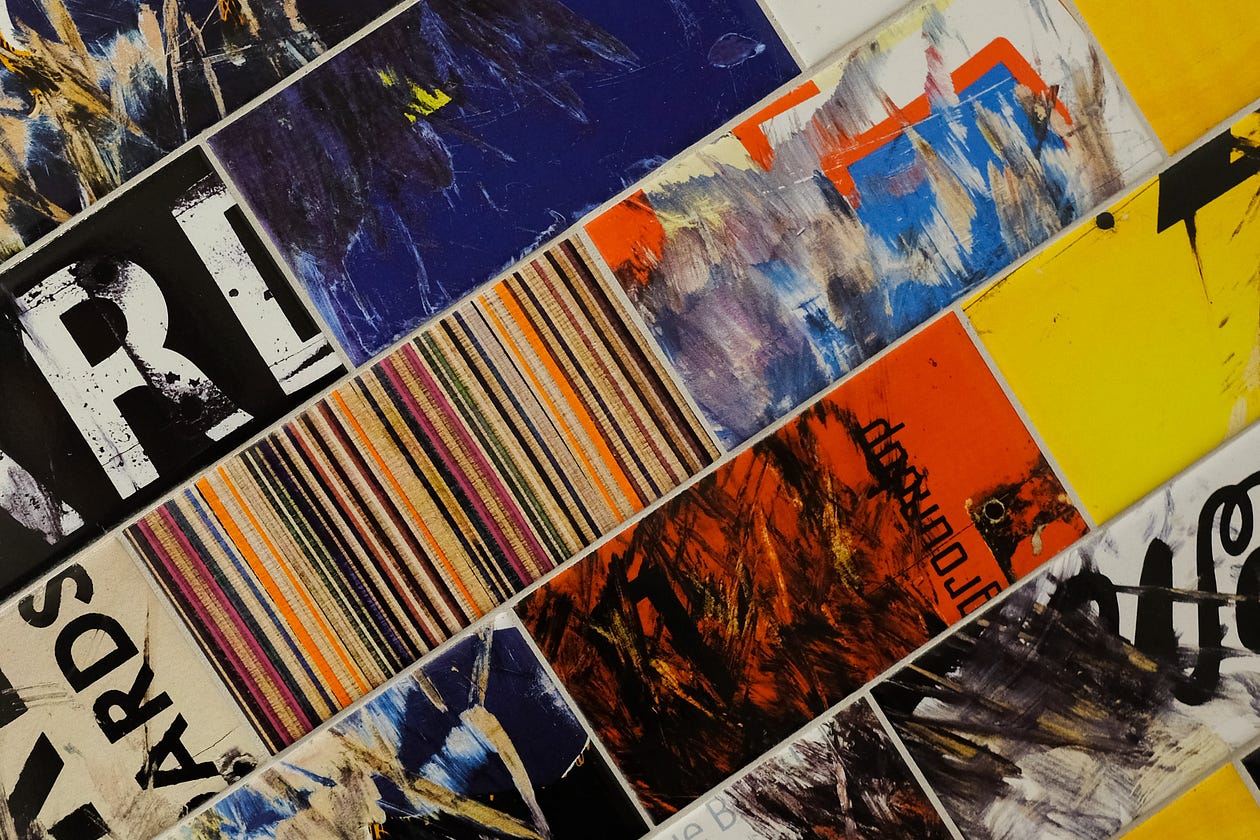From Queen Elizabeth to familiar loss, death connects us all.

In the past weeks, two influential women of a similar age died. One was the most famous woman in the world and the other was my aunt. Queen Elizabeth’s death at 96 on the 8th of September was followed by ten days of national mourning in the UK. News channels aired 24-hour coverage of Her Majesty Lying-in-State and a five-mile queue of mourners waiting patiently to pay their respects. This grief was collective and entwined in national pride and personal memories that were signposted by the Queen’s seventy-year reign.
The Queen was omnipresent in British people’s lives. She was like a distant relative we hear about and occasionally see at family get-togethers. Although her death has caused collective cultural grief, it is the personal stories about her life that connect our lives to hers which is why grief surrounding Queen Elizabeth’s death has been both collective and personal. Over the ten days of national mourning, the media interviewed mourners who lined the Mall and many of them were overcome with grief because of the connection with their own late parents. My parents married the same year of the Queen’s Coronation in 1953 and although my mother wasn’t a staunch royalist she couldn’t help but watch her on the television. Memories of the Queen ignite memories of our parents and extended family and that’s why this collective grief has been personal.
My aunt died peacefully in her sleep on her 99th birthday on 24th August. As a resident of southern California and its long tradition of forgoing religious funerals, my aunt requested that the family, who were dotted around the world, have a gathering in person and via Zoom where the family could share stories about her incredible and long life.
My father’s sister was a Professor of Musicology, a trained opera singer, and a pianist. She pioneered Chinese language education in California in the 1960s and her research on China’s Kunqu opera is held in the Library of Congress. She was our last connection to our late father and the mixed Chinese heritage that she was raised into in China, England, and the United States. As a fellow creative she understood my calling and despite the wide age gap, to quote Justin Trudeau in his statement on the passing of Queen Elizabeth:
“she was one of my favorite people in the world.”
The gathering for my aunt’s passing was organized a few days after her death. The immediate family was present in southern California and the extended family from across the United States and the world attended via Zoom video. We watched a twelve-minute slide presentation of photographs that mapped my aunt’s life from birth to death. Then each of us took it, in turn, to share stories and reflect on her life. Two days after the gathering I was emailed the slide show and I enquired about people I didn’t recognize in the photographs. Family photographs have always been great communicators. In return, I sent a video I had produced of my travels with my aunt in Shanghai. And that was that. Ten days of national and public mourning for the Monarch and an infinite time to mourn in private for my aunt.
The Victorians were masters of public grief. Female mourners were expected to show their grief by wearing black for an amount of time fitting to their relationship with the deceased. The dead were put on display in the family’s front room so that people could pay their respects. By the end of WW2, the dead were no longer looked after by relatives and it was usual for funeral services to manage preparation and disposal. Death, which had been much a part of Victorian life was now hidden from view and with that grief was privatized and kept within the confines of the home. The collective familiar grief of the Victorian era was replaced by individual person-centered bereavement that by the end of the 2oth century, psychologists could treat and researchers could analyze.
In the 21st century, grieving practices have evolved again to incorporate past cultural practices which are equally driven by technology, society, and the human condition. Our grief is still private but within the confines of our homes where grievers reach out to a collective that is online. We share messages of experience and comfort with faceless message boards in the digital ether. It is a space to share photographs of our past loved ones when they were alive, in a way that Victorians shared post-mortem carte-de-visite portraits. Then there’s StoryFile which has commercialized technological innovation in artificial intelligence, photography, and video to create a mass market interactive prerecorded video of the soon-to-be deceased who can answer questions about their life for future generations.
Similarities with the Victorians persist in how we grieve, how we use technology to satisfy and share that grief, and how commercial businesses are taking advantage of a new market of technological innovation that promises the afterlife. Who are the providers of grief technology that bridge the gap between the living and the dead? Victorian portrait photographers and AI engineers. The human condition is in how we grieve and do business.
Ginger Liu is the founder of Ginger Media & Entertainment, a Ph.D. practice research student in photography, death, and artificial intelligence, and a podcast producer,journalist,author,artist, and filmmaker.







